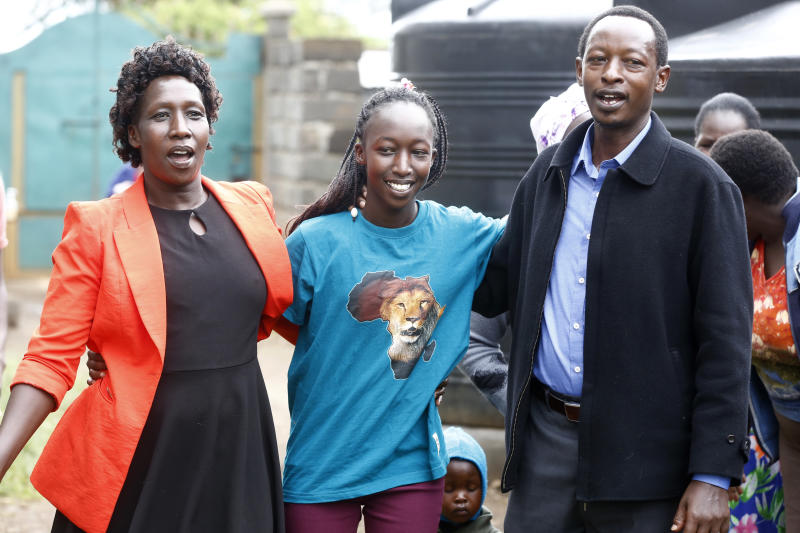×
The Standard e-Paper
Read Offline Anywhere

Education Cabinet Secretary George Magoha is today expected to reveal universities and colleges placement details for the more than 700,000 candidates who sat secondary examinations.
Magoha is expected to announce whether all the 143, 140 students who scored the minimum university entry grade of C+ and above in the Kenya Certificate of Secondary Education (KCSE) will get slots in public universities.